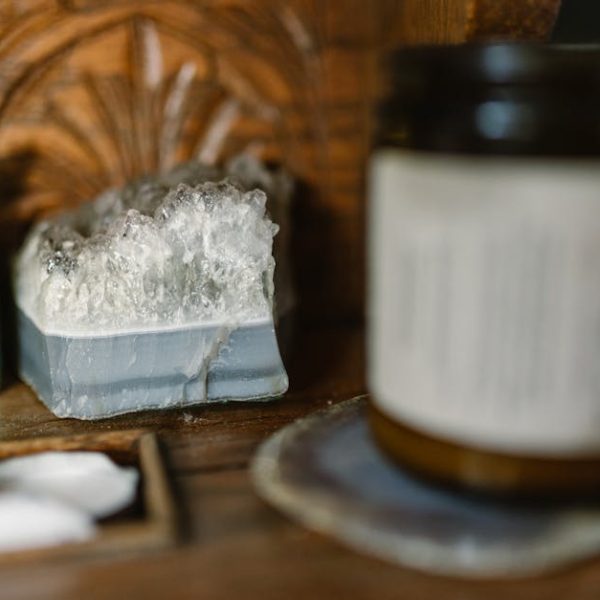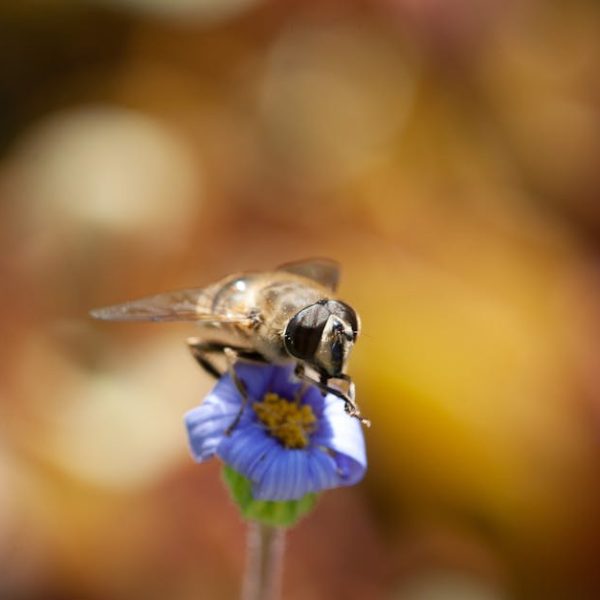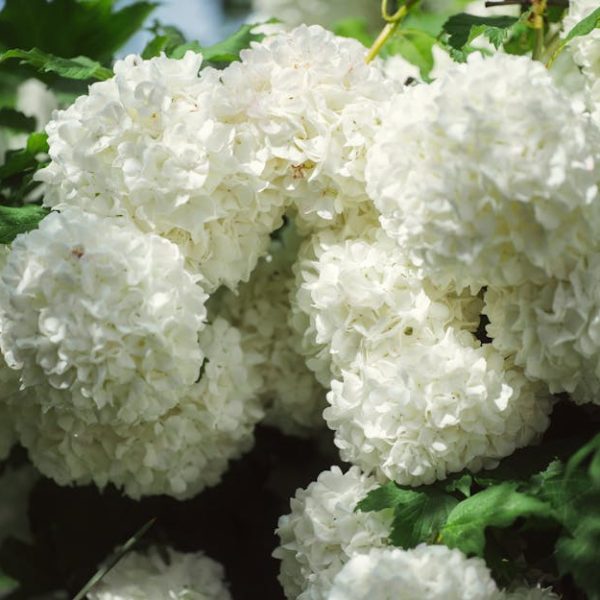Diatomaceous Earth (DE) is your secret weapon in the battle for a healthy, lush lawn. The mineral-based product, formed from the fossilized remains of tiny aquatic organisms known as diatoms, offers a wealth of benefits for your lawn, from improving soil quality to acting as a natural pesticide. That’s not all: in tandem with proper lawn care practices, DE is an eco-friendly choice that gives your yard a boost without harming the surrounding environment.
Understanding Diatomaceous Earth and Its Role in Lawn Care
Diatomaceous Earth is a white, powdery substance derived from the remains of diatoms, which lived millions of years ago. These ancient organisms had hard shells made of silica, a component that makes up over 80% of DE. This natural compound exhibits unique properties, including abrasiveness and high absorptive capacity, making it a versatile tool in lawn care.
Deploying DE in lawn care unveils its dual function as a soil amendment and natural pesticide. As a soil enhancer, DE enhances the soil structure by improving drainage, retaining nutrients, and adding beneficial silica. Switching gears, it exhibits pest control features by inflicting physical harms on insects without introducing poisonous substances into your yard.
Identifying the pros and cons of DE usage in your lawn can aid in informed decision-making. On the upside, DE improves soil quality, controls pests naturally, and is non-toxic to pets and humans. However, users should be aware that it can harm beneficial insects, requires dry conditions for effectiveness, and finesse in application to prevent wastages.
Applying Diatomaceous Earth to Your Lawn
Infusing DE into your lawn is not as complex as it might seem. It begins with acquiring food-grade DE, preparing your lawn, and using a dust applicator or spreader for even distribution. Post-application, watering your lawn helps integrate DE into the soil.
Utilizing DE for optimal benefits hinges greatly on its frequency of use. Generally, DE can be applied once or twice a year as a soil amendment and after heavy rainfalls or as needed for pest control.
Mastering the art of DE application can transform your lawn care endeavors significantly. Simple tips include wearing a dust mask to avoid inhalation, using DE on windless days to facilitate controlled application, and focusing on areas prone to pest infestation.
The power of Diatomaceous Earth in lawn care lies in its multifaceted benefits in enhancing soil health and controlling pests. Understanding its usage can empower you to maximize its potential and attain that verdant, lush lawn you’re after. Up next: a deeper dive into how DE enhances your soil’s health and how it contrasts to other soil amendments.
How Diatomaceous Earth Benefits Soil Health
Diatomaceous Earth’s role as a soil amendment is characterized mainly by soil remediation and pest control. Primarily, DE’s silica content enhances soil health, improving its structure, water-retention, and overall fertility. Its absorptive qualities help retain essential nutrients, preventing them from being washed away by rain or irrigation.
When it comes to pest control, DE shines as a mechanical pesticide. Its sharp particles pierce the exoskeleton of pests, causing them to dehydrate and die. This unique feature gives you a non-toxic way to protect your lawn from critters that might hinder your efforts towards a healthy lawn.
Comparing DE with other soil amendments can provide perspective on its unique advantages and potential drawbacks. Here’s a comparison chart for further clarity.
| Diatomaceous Earth | Compost | Peat Moss |
|---|---|---|
| Adds silica and trace minerals | Adds variety of nutrients | Improves water retention |
| Works as mechanical pesticide | Doesn’t act against pests | Neutral pH helps balance acidic soils |
| Can harm beneficial insects | Encourages beneficial microbes | Low in nutrients |
Addressing Safety Concerns with Diatomaceous Earth
While Diatomaceous Earth is generally safe for humans and pets, there are valid safety concerns. The International Agency for Research on Cancer (IARC) classifies DE as a possible human carcinogen when it’s in its crystalline form, which is predominantly used in industrial settings. Inhaling DE dust can irritate the nose, throat, and lungs, especially for individuals with pre-existing respiratory conditions.
Here are some precautionary measures you should consider while handling and applying DE:
- Always wear a dust mask and gloves.
- Opt for food-grade DE that contains less than .01% crystalline silica.
- Avoid applying DE in windy weather to prevent airborne particles.
Also, ensure the safe storage and disposal of DE:
- Store DE in a sealed container, in a cool, dry place.
- Do not dispose of unused DE along with regular household waste; instead, follow regulations in your local area.
Environment-Friendly Approach to Lawn Care with Diatomaceous Earth
Taking an eco-friendly approach to lawn care with the use of Diatomaceous Earth can be quite rewarding. As a naturally occurring substance, DE doesn’t contribute harmful chemicals to the environment. This gives you an organic tool for an earth-loving lawn care regimen.
Although DE doesn’t harm larger wildlife, it can pose risks to beneficial insects like ladybugs and bees. Therefore, thoughtful and controlled application is vital. Use it selectively, and only where necessary, so as not to disrupt the natural ecosystem in your yard too extensively.
Weighing the pros and cons of DE reveals its sustainable benefits and potential impacts:
- DE doesn’t poison the environment or your lawn
- DE is sustainable, being a naturally-occurring substance
- DE can harm beneficial insects when applied extensively
In conclusion, understanding the role, application, and impact of Diatomaceous Earth in lawn care can assist you in adopting a more effective and environmentally-friendly approach to maintaining a healthy, green lawn. With this knowledge, you’re well-equipped to leverage DE to its fullest potential in your lawn care routine.
Key Takeaway:
- Diatomaceous Earth (DE) is a natural, multi-functional supplement for lawn care and maintenance.
- It serves as a soil amendment and a natural pesticide, hence making it a versatile tool in lawn care.
- DE improves soil quality, controls pests naturally, and is non-toxic to pets and humans. However, it can harm beneficial insects and requires dry conditions for effectiveness.
- To utilize DE optimally, it is necessary to understand its application, frequency of use, safety precautions, and its interaction with the environment.
Diatomaceous Earth has immense potential to transform your lawn, making it healthier, greener, and pest-free. It’s a wonderful, eco-friendly solution for those attentive to both their lawn’s health and the environment. Be sure to use it carefully, considering all its pros and cons, and you’ll definitely see a significant improvement in your lawn.
FAQs
Q: Can Diatomaceous Earth harm my pets when used for lawn care?
A: No, food-grade Diatomaceous Earth is non-toxic and safe for pets. However, it’s best to keep your pets away during the application to avoid any lung irritation from the dust.
Q: How often should I use Diatomaceous Earth on my lawn?
A: DE can be applied to your lawn once or twice a year as a soil amendment and after heavy rainfalls or as needed for pest control.
Q: Should I use Diatomaceous Earth if it’s raining frequently in my area?
A: DE works best in dry conditions. If rains are frequent in your area, you may need to reapply it more often to maintain its effectiveness against pests.
Q: Is there any potential harm to the environment while using Diatomaceous Earth?
A: Diatomaceous Earth is a naturally occurring substance that doesn’t poison the environment. However, it can harm beneficial insects, so careful and controlled application is recommended.
Q: Can I use Diatomaceous Earth for indoor plants?
A: Yes, DE can be used for indoor plants. Just like in lawn care, it can help improve soil quality and act as a natural pesticide.
Explore more articles on our website for more handy tips and guides. Don’t forget to share this article with other lawn enthusiast friends!






